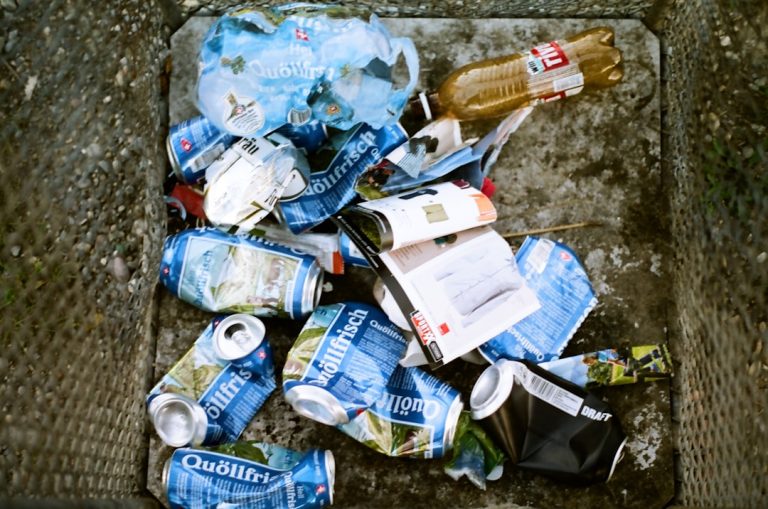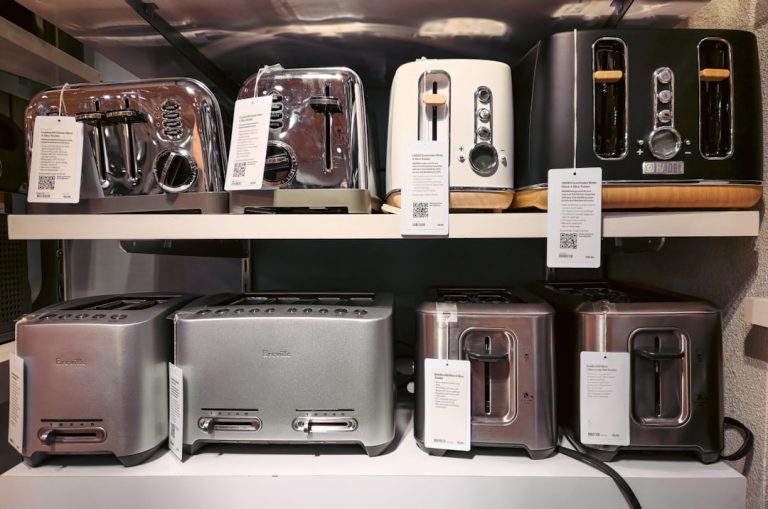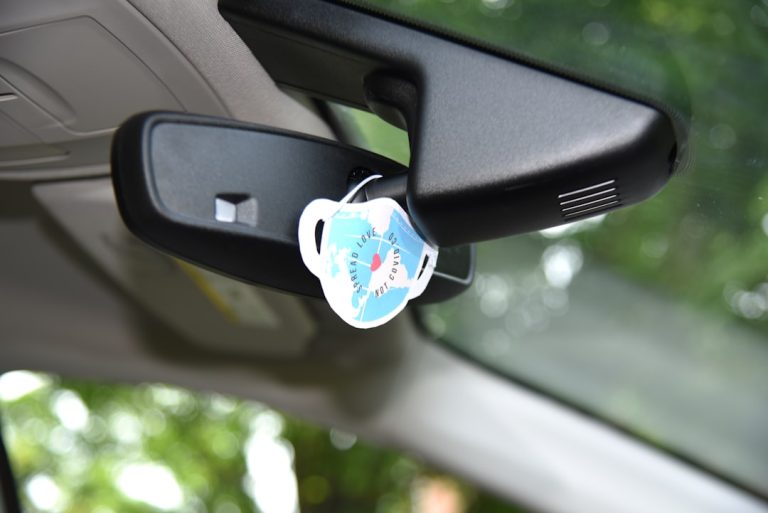How I Use a Worm Composting Bin for Garden Waste.
How I Use a Worm Composting Bin for Garden Waste
Every gardener knows the dilemma: beautiful blooms and bountiful harvests inevitably lead to a mountain of green waste. Spent plants, trimmed branches, fallen leaves, and even the occasional weed pile up, begging for a purpose beyond the landfill. For years, I wrestled with traditional compost piles – turning, watering, waiting – but found them slow and often inadequate for the sheer volume of garden material I generated. That all changed when I discovered the incredible efficiency and simplicity of using a worm composting bin specifically for my garden waste. It’s not just a hobby; it’s become an indispensable part of my sustainable gardening practice, transforming what was once a chore into a source of unparalleled soil enrichment.
This isn’t just about throwing scraps into a box; it’s a deliberate, tailored approach to managing my garden’s organic output. My worm bin isn’t merely a waste disposal unit; it’s a bustling factory of tiny, efficient workers turning my garden’s discards into gardening gold. Let me walk you through my personal system, detailing exactly how I leverage these amazing creatures to keep my garden healthy and my waste stream minimal.
My Personal Journey to Vermicomposting Garden Leftovers
My journey into vermicomposting started out of a necessity to manage the continuous flow of organic matter from my moderately-sized backyard garden. Traditional cold composting, while effective, often struggled with larger volumes and took too long to break down tougher garden materials. I needed a system that was faster, more contained, and less labor-intensive. The idea of red wigglers (Eisenia fetida) doing the heavy lifting, especially through winter months when my outdoor compost slowed to a crawl, was incredibly appealing.
Initially, I considered it primarily for kitchen scraps, but I quickly realized its immense potential for garden waste. The “aha!” moment came after a significant pruning session. Instead of bagging up the trimmings or waiting months for them to decompose in a static pile, I experimented with chopping them finely and adding them to my worm bin. The worms devoured them with surprising speed, and the resulting castings were richer and more abundant than anything I’d produced before. This shifted my entire perspective: my worm bin wasn’t just for kitchen waste; it was a powerful tool for closing the loop on my garden’s own lifecycle.
Setting Up My Worm Bin for Maximum Garden Deconstruction
Choosing the right worm bin was crucial for handling the varied nature of garden waste. I opted for a multi-tiered plastic worm bin system. This design allows for continuous composting: as one tray fills, I add another on top, and the worms migrate upwards towards the fresh food. This makes harvesting the finished castings much simpler without disturbing the active composting process. Its enclosed nature also keeps pests out and moisture in, which is vital when dealing with materials that might attract unwanted visitors if left exposed.
My initial bedding mixture is a blend designed to kickstart the system and provide a comfortable home for my new worm colony. I use shredded newspaper and cardboard (carbon-rich materials, often found as garden packaging or old seed flats) mixed with a handful of aged compost from my outdoor pile and a sprinkle of garden soil. This provides essential grit for the worms’ gizzards and introduces beneficial microbes. I moisten it thoroughly, aiming for the consistency of a wrung-out sponge, before gently introducing my Red Wigglers. These specific worms are known for their voracious appetite and tolerance for a wide range of organic materials, making them perfect for my garden waste mission.

The Garden’s Bounty on My Worms’ Menu: What I Feed Them
The beauty of using my worm bin for garden waste lies in its versatility. While kitchen scraps are a staple, my worms truly shine when processing the organic matter that comes directly from my garden beds. Here’s a detailed look at what makes it onto their menu:
- Spent Flowers and Annuals: After a season of beauty, annuals like marigolds, petunias, or impatiens become perfect worm food. I chop them into smaller pieces to speed up decomposition.
- Small Prunings and Trimmings: Soft, green stems from herbs, vegetable plants, or tender perennial trimmings are ideal. Anything thicker than a pencil, I avoid, as it breaks down too slowly and can compact the bin.
- Leaf Litter (in moderation): While large quantities of dry leaves are best for an outdoor compost pile due to their high carbon content, a handful of slightly damp, shredded leaves can be added to the worm bin to balance out nitrogen-rich greens.
- Weeds (non-seeding): Small, non-seeding weeds are a fantastic addition. I’m careful to only include those that haven’t gone to seed to prevent unwanted germination in my finished castings.
- Vegetable Garden Remnants: The leafy greens of radishes, carrot tops, outer cabbage leaves, and other non-diseased plant parts are readily consumed.
- Fruit and Vegetable Scraps: Of course, typical kitchen scraps like fruit peels, vegetable ends, coffee grounds, and tea bags are still a regular feature, complementing the garden waste.
What I meticulously avoid are woody stems, diseased plants (to prevent pathogen spread), thorny branches, and anything that has been treated with pesticides or herbicides. I also limit citrus peels and onions, as large quantities can make the bin too acidic for the worms. Preparation is key: I always chop larger pieces of garden waste into 1-2 inch segments. This increases the surface area, making it easier for the worms and microbes to break down the material quickly.
My Feeding Routine and Keeping the Worms Thriving Amidst Garden Scraps
Consistency is more important than quantity when feeding my worms, especially with garden waste. I typically feed them 2-3 times a week, adding smaller amounts rather than large batches all at once. This prevents the bin from becoming anaerobic or overloaded. When I have a significant amount of garden waste, like after a big harvest or pruning, I’ll spread it out over several feedings, burying it in different sections of the bin.
Here’s my feeding and maintenance routine:
- Pocket Feeding: I lift a corner of the bedding and bury the chopped garden waste underneath, then cover it back up. This helps deter fruit flies and allows the worms to access the food from below. I rotate where I feed, ensuring even decomposition across the bin.
- Moisture Monitoring: Garden waste, especially fresh greens, can release a lot of moisture. I regularly check the bin’s moisture level. If it feels too wet, I’ll add more dry, shredded newspaper or cardboard (carbon-rich material) to absorb excess liquid and balance the carbon-nitrogen ratio. If it’s too dry, a light misting with water usually suffices.
- Aeration: Every week or so, I gently fluff the top layer of the bedding with a small hand trowel. This introduces oxygen, which is vital for the worms and the beneficial aerobic bacteria that aid decomposition. It also prevents compaction, especially when processing denser garden waste.
- Troubleshooting Garden Waste Challenges:
- Smells: A healthy worm bin should smell earthy. If I detect a foul odor, it usually means I’






